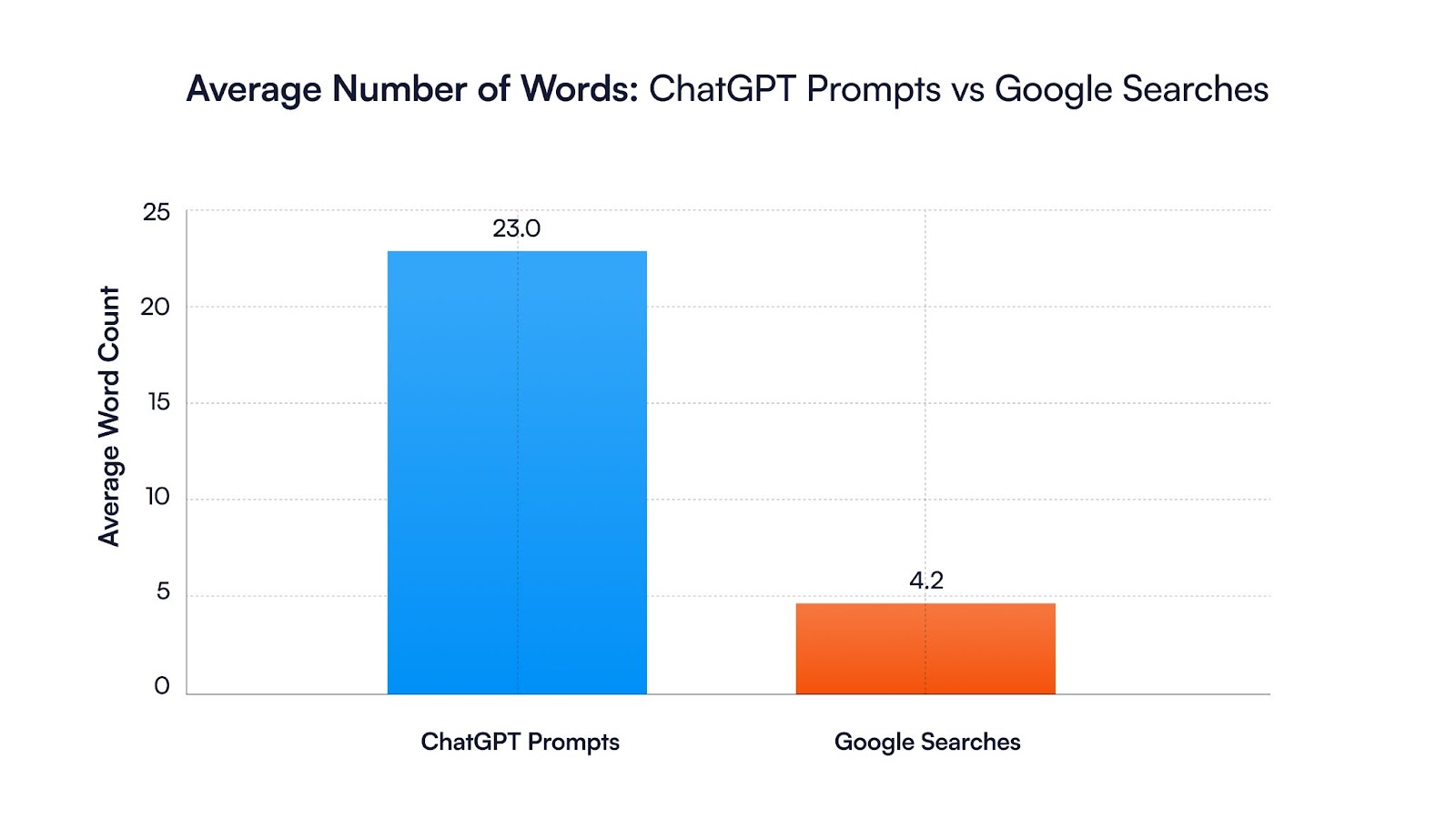Blog
Defining Your Brand's High-Priority Topics for AI Dominance
In the age of AI-powered search, a new approach to content is essential. This article explores how moving from broad keywords to strategic, high-intent topics, guided by prompt analytics, is key to securing a strong 'citation share of voice' and dominating AI-generated answers for your brand.

Defining Your Brand's High-Priority Topics for AI Dominance
In the new landscape of AI-powered search, the scattergun approach to content creation targeting every keyword under the sun is no longer effective. Generative engines demand a more precise and strategic focus. Instead of optimizing for broad, high-volume keywords, success now lies in identifying and dominating the specific, high-intent topics and questions that your ideal customers are asking. This practice of strategic clarity, often guided by prompt analytics, is the key to improving your "citation share of voice" and securing a commanding presence in AI-generated answers.
The Shift to Prompt-Driven Analytics
The old way of keyword research is evolving into a new discipline of "prompt analytics." While traditional SEO tools reveal the phrases people type into a search bar, prompt analytics uncovers the specific questions and commands users are giving to AI assistants. These prompts are often longer, more conversational, and richer in context than traditional keywords, providing invaluable insights into user intent.
This difference in user behavior is stark:
- Traditional Google searches average around 4.2 words in length.
- In contrast, generative AI prompts on average 23 words, with users providing detailed instructions, context, and persona information.
 Source: [4]
Source: [4]
This strategic shift to understanding prompts over keywords is fundamental. According to Google Cloud, "The effectiveness of your prompt directly influences the quality and relevance of the AI's output," underscoring the importance of this new form of "prompt engineering." [1] By analyzing these prompts, brands can move beyond generic topics and pinpoint the exact pain points, comparisons, and solutions their audience is seeking. This data-driven approach is the foundation for creating content that is not just relevant, but perfectly aligned with what AI is being asked to answer.
Identifying Your High-Impact Content Gaps
Strategic clarity begins with an audit. By leveraging prompt analytics and competitive research, you can identify "content gaps"-the high-value questions and topics where your brand should be cited but is currently absent. This is a critical step, as AI models will often turn to competitors or third-party sites for answers if your content is not easily discoverable or relevant.
Here’s how this process translates into measurable gains:
- A comprehensive content audit can reveal underperforming pages and topics, highlighting areas that need to be addressed.
- 89% of marketing professionals who use personas in their content strategy found that this approach had a positive impact on their marketing efforts. By defining specific personas, you can filter prompt data to see how AI responds to questions from a "small business owner" versus a "C-suite executive," allowing for highly targeted content creation. [2]
 Image source: [3]
Image source: [3]
This process of identifying gaps and defining your strategic focus is what allows you to move from simply hoping for visibility to actively engineering it.
Securing Your "Citation Share of Voice"
The ultimate goal of this focused strategy is to secure a dominant "citation share of voice." This new metric measures the frequency and prominence of your brand's citations in AI-generated responses for high-priority topics. Unlike traditional SEO where you might compete for a single ranking position, in the AI world, you are competing for favorable inclusion in a synthesized answer.
According to a comprehensive guide on AEO, brands must build an "omnipresence" by being cited across a range of high-authority, third-party sources. This creates a signal-rich ecosystem that is hard for generative engines to ignore. A high citation share of voice not only drives credibility but also correlates with market share and sales performance, making it a powerful indicator of brand health.
In conclusion, winning the AI search game is about working smarter, not harder. By using data to achieve strategic clarity, brands can move from a reactive posture to a proactive one, defining their high-priority topics and meticulously filling the content gaps that generative engines are eager to fill. This shift from broad keywords to focused, prompt-driven strategy is the most effective path to a powerful and enduring presence in the future of search.
Sources
[1] Google Cloud - What is prompt engineering? https://cloud.google.com/discover/what-is-prompt-engineering?authuser=1
[2] SEO.ai - How to Measure Your SEO Share of Voice https://seo.ai/faq/share-of-voice-sov
[3] TomislavHorvat - 37 Buyer Persona Statistics That Will Make You Want to Create One Today. https://tomislavhorvat.com/37-buyer-persona-statistics-that-will-make-you-want-to-create-one-today/
[4] Writesonic - How to Identify Prompts. https://writesonic.com/blog/how-to-identify-prompts
Other articles
From Pages to Prompts: Crafting Content for AI-Driven Conversations
In the age of AI, the primary audience for your content is no longer just a person-it's an algorithm. This article details the shift from creating content for clicks to building AI-friendly content that can be easily summarized, cited, and used to answer user prompts. Discover how to structure your content for maximum prompt occupancy and ensure your brand remains a foundational source of information
Ensuring Brand Visibility and Preference in AI-Driven Answers
The rise of AI assistants and Large Language Models is fundamentally changing the customer journey. Brands must now move beyond traditional SEO to ensure their content is accurately represented, cited, and integrated into AI-driven answers. This strategic shift is crucial for maintaining visibility and influencing brand preference, as AI-generated responses increasingly shape consumer decisions and deliver high-intent, high-value traffic.
